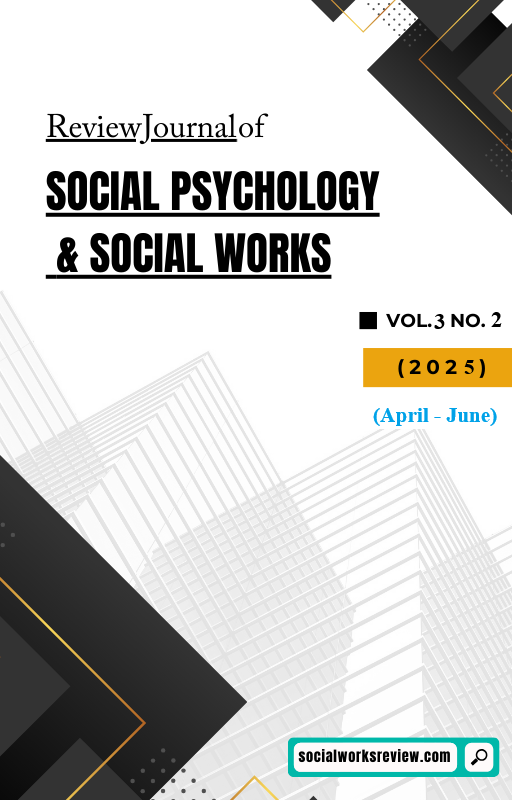Media Narratives and Public Perception during Cross-Border Tensions: A Comparative Study of Pakistan and India
DOI:
https://doi.org/10.71145/rjsp.v3i2.234Keywords:
India-Pakistan Conflict, Media Framing, Public Perception, Pulwama-Balakot, Emotional Language, Digital Media, Nationalism, War Journalism, Peace Journalism, Cross-Border TensionsAbstract
This thesis investigates how media narratives about the Indian and Pakistani military tensions across the border carry on to affect public perception, using the 2019 Pulwama Balakot crisis as a case study. The research design is a mixed method combining content analysis of 200 news articles and survey responses from 600 people in both countries reveals how mainstream media coverage of this conflict is dominated and shaped by the prevalent pattern from conflict oriented framing, aggressive tone and emotionally charged language. The results indicate a significant media reliance on or prioritization of state aligned sources such as military and political elites, at the expense of civilian voices and peace promoting perspectives, across both Indian and Pakistani media. An analysis of the audience survey reveals that public sentiment is shaped extensively by these narratives, promoting skepticism of the other nation and bolstering support for military solutions over diplomacy. In addition, the research shows how digital platforms like Twitter and YouTube have begun helping to reinforce discourses of nationalism. These results emphasize the role of ethical, conflict sensitive journalism in these conflicts and suggest that current media practice is exacerbating the cycle as opposed to fostering a resolution. This research contributes to the literature on media, nationalism and conflict by offering a comparative and empirical approach to how two historically adverse states shape and distribute war narratives.





